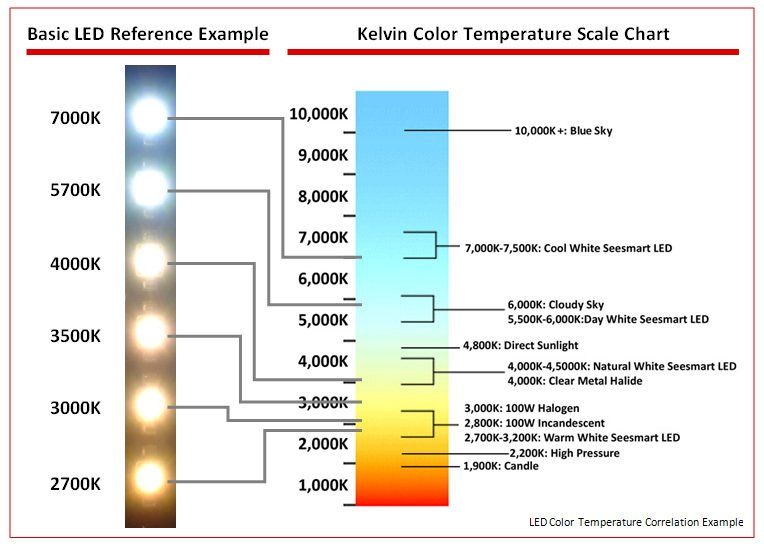Lighting
White light from the sun is said to be full spectrum, in other words it has all the colors that you see in a rainbow.
The most influential light colors for plants are Red and Blue, Red is responsible for flowering and dormancy in some plants and Blue is responsible for vegetative growth as well as inhibiting dormancy.
Large Hydroponic outfits use the blue light only to increase vegetative growth and when they want the plants to flower they switch to red.
There is no replacement for Natural lighting since it is cheaper and more effective for plant growth, not to mention that you save a lot of money from not having to purchase and run artificial lighting. However growing indoors is the only choice for some people.
I use a full spectrum light that is switchable between red and blue however for most projects I keep it on full spectrum the whole time; this allows the plant to grow more normally.
Light intensity is measured in either lumens or foot candle. On a normal sunny day, the sun produces well over 10,000 foot candles (ft-c) or 75,000 Lux (lx) and achieving this with natural lighting is not necessary. I have grown plants with as little as 300 foot candles with good results. However not all plants can be grown with such low lighting and the more light you have the better for most plants.
Low light can affect the size of the plant as well as the size of the fruit. For example I have grown Bell Peepers with lighting as low as 300 foot candles, the size of the fruits were about 2 inches long and 1.5" width, increasing the light to about six hundred foot candles nearly doubled the size of the plant and fruit, although not the size of the Peppers sold in stores it was good enough to consistently produce over 40 Peppers within six and one half months period.
The point here is that when adding artificial lighting you should also consider your lighting expense and what you can reasonably grow for your personal use. I have found that 1200 foot candles at the base of the plant or greater will let you grow just about anything.
There are three basic types of lights that are used in artificial lighting.
HID
(High Intensity Discharge, Florescent and LED (Light Emitting Diode)
HID
is very effective but expensive when compared to fluorescent or LED. HID's produce a lot of heat and consume a lot of power when compared to LED's or fluorescent. Fluorescent lighting although inexpensive it is best for plants that do not require a lot of light.
If purchasing fluorescent lights make sure they are full spectrum, or the specific color that you need for example 6400k for vegetative stage. I mostly Recommend Using LED, the price on LED's has come down considerably in the past few years and can be purchased in many sizes allowing you to concentrate the light where you want it the most. LED's use far less power than other types and the light is more concentrated and produces far less heat.
For example a 1,000 watt LED fixture actually only draws about 180 watts and within 1 foot of the plant it can produce as much as 2,500 foot candles.

